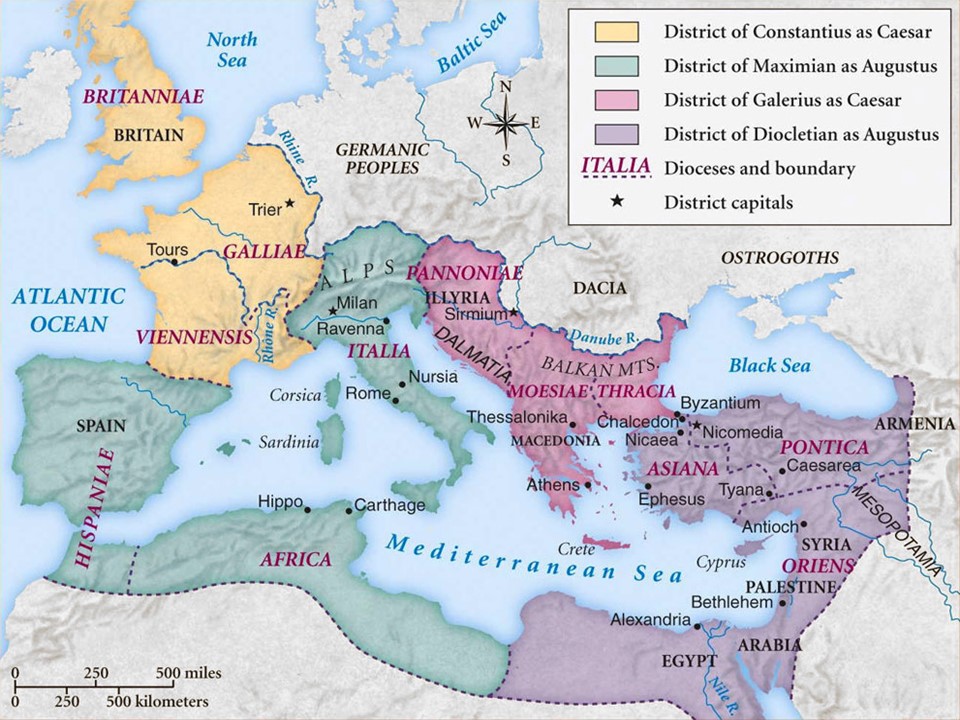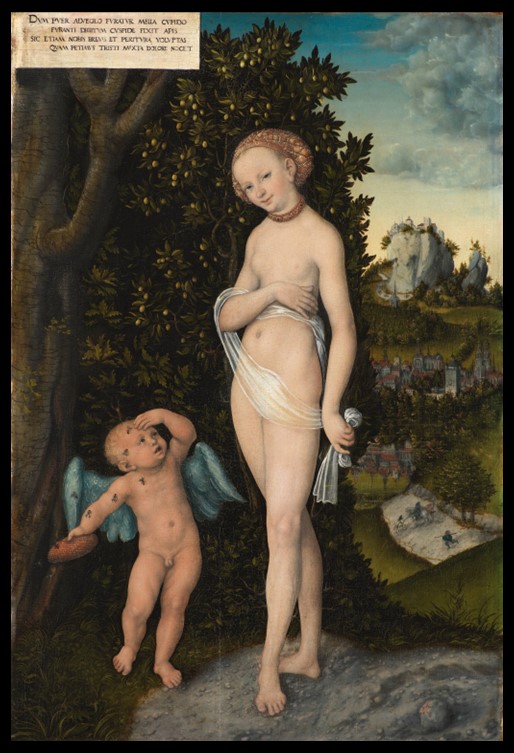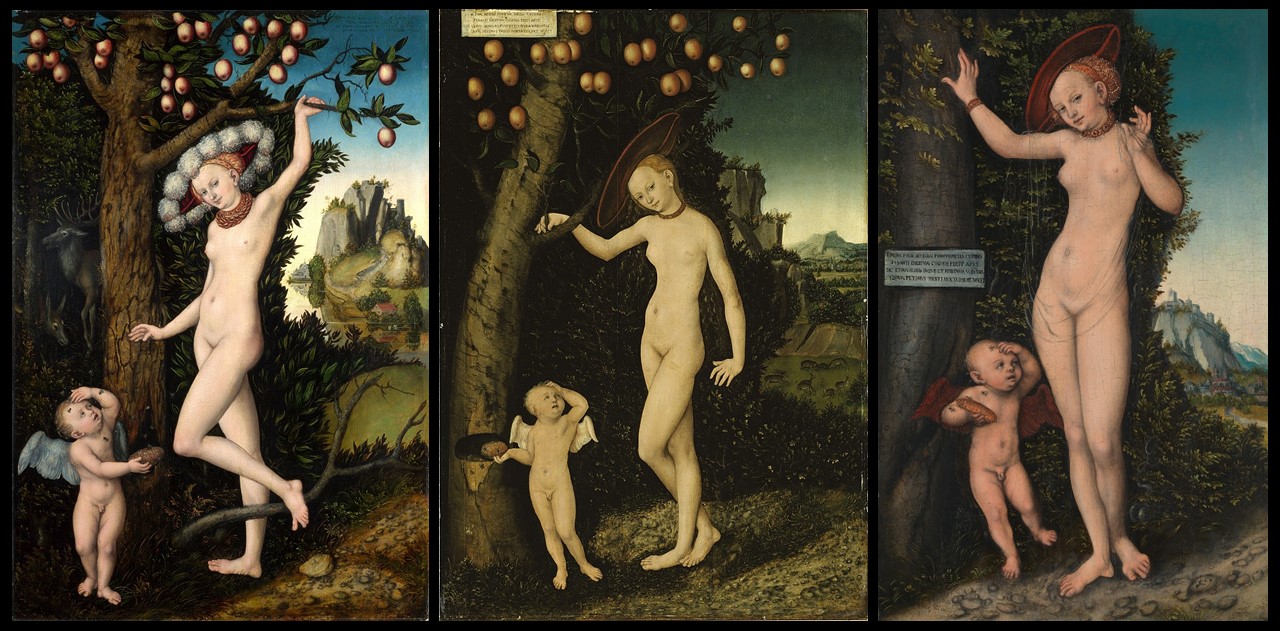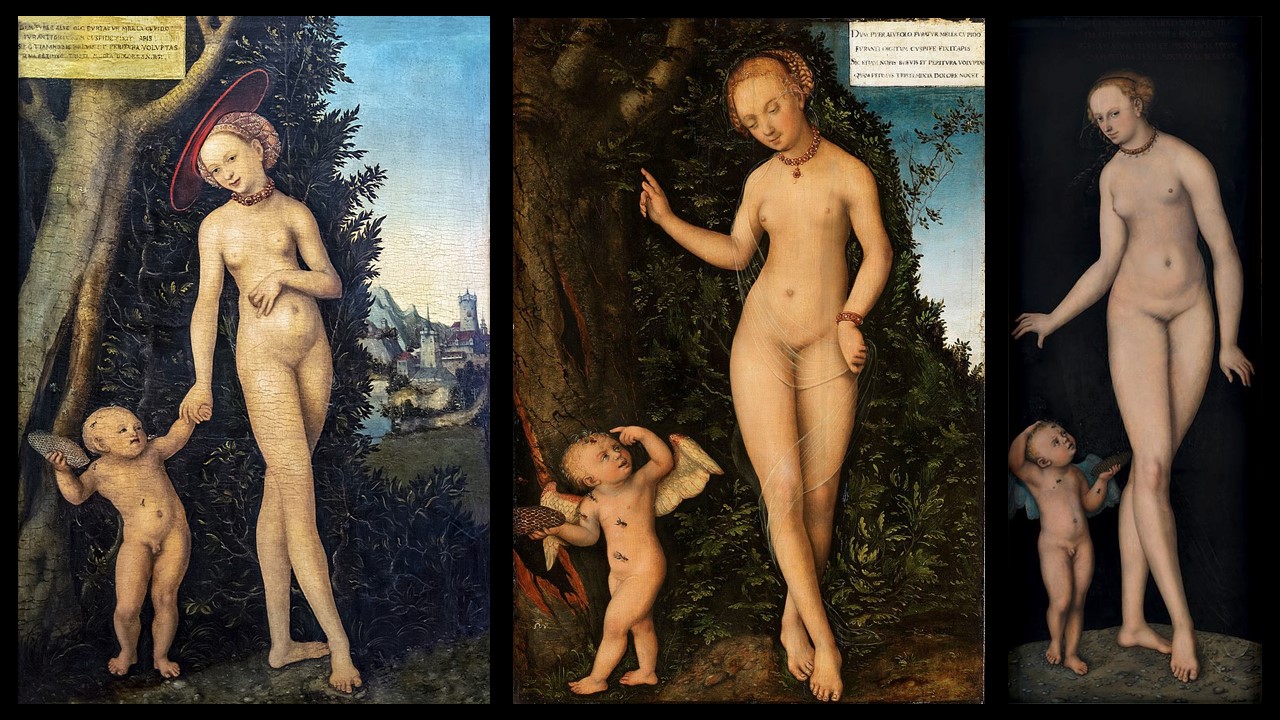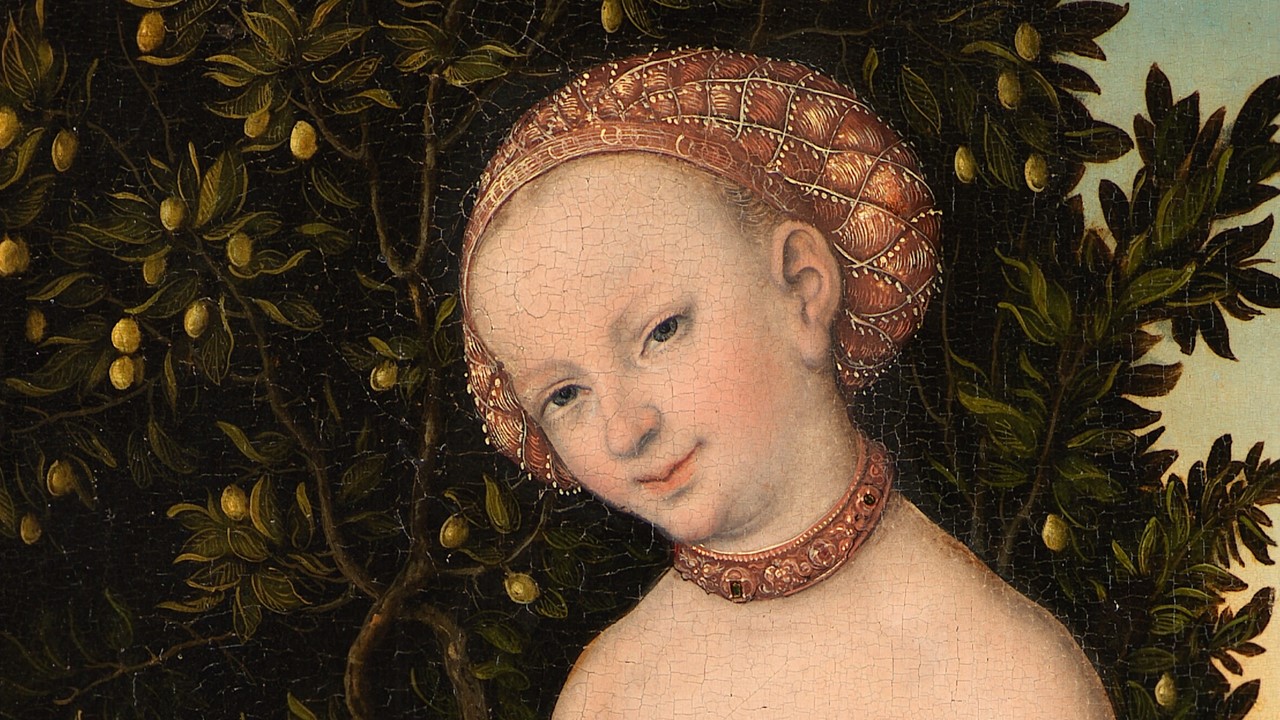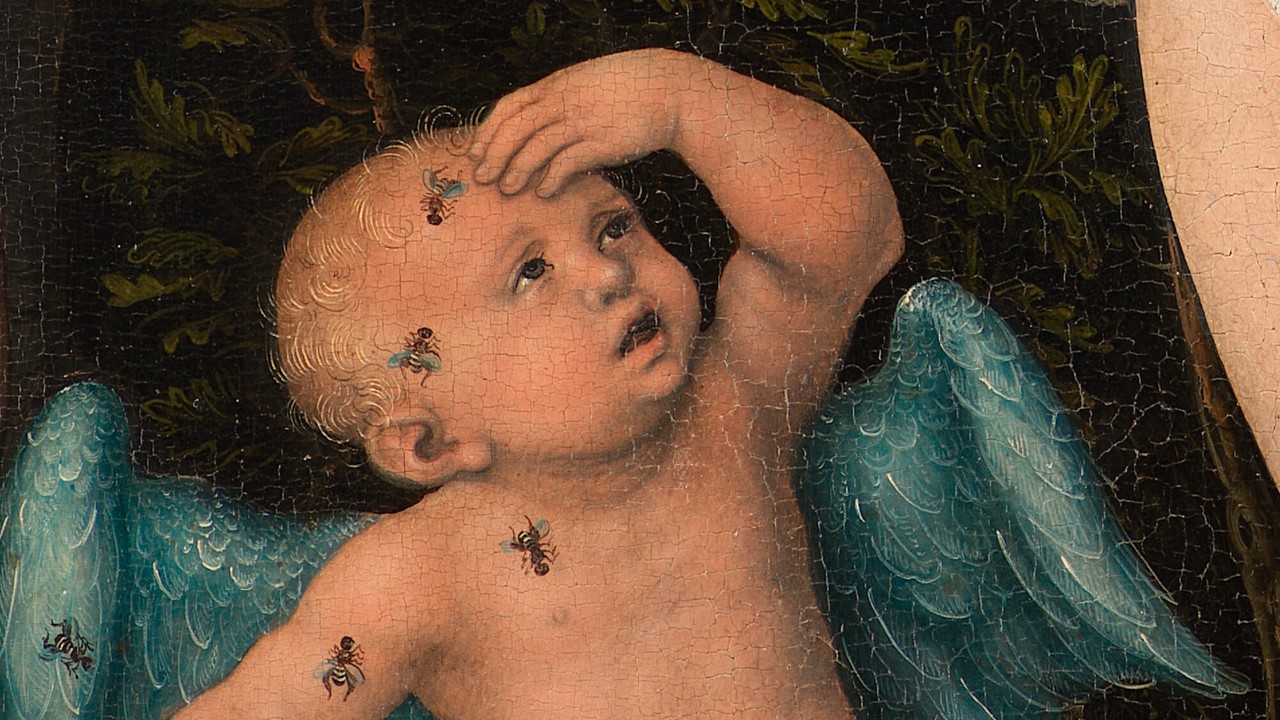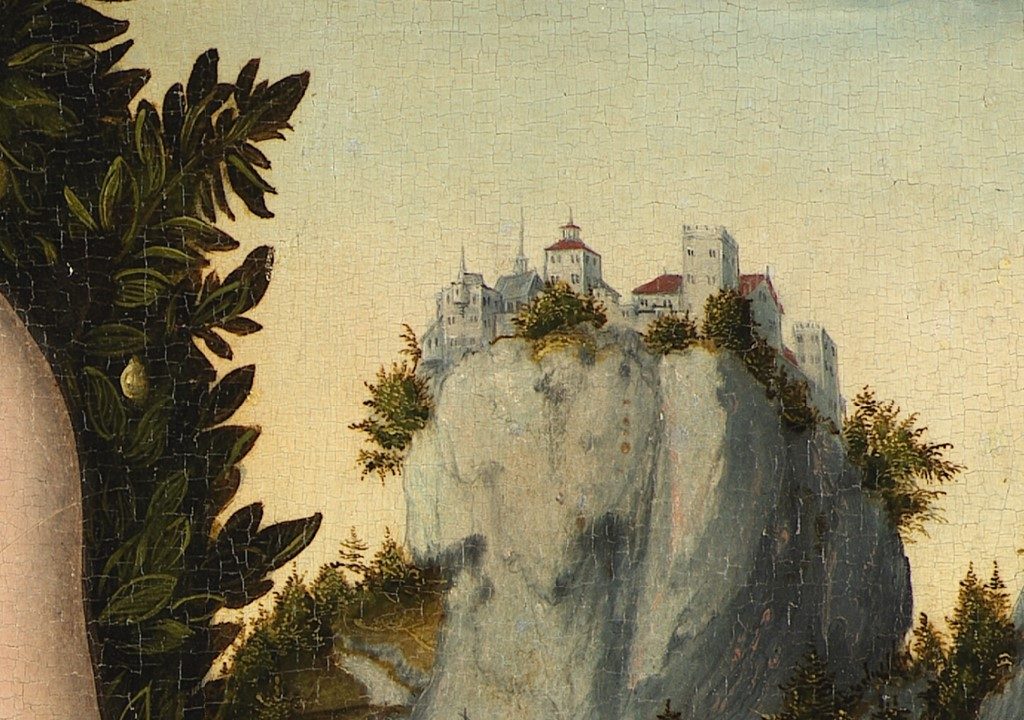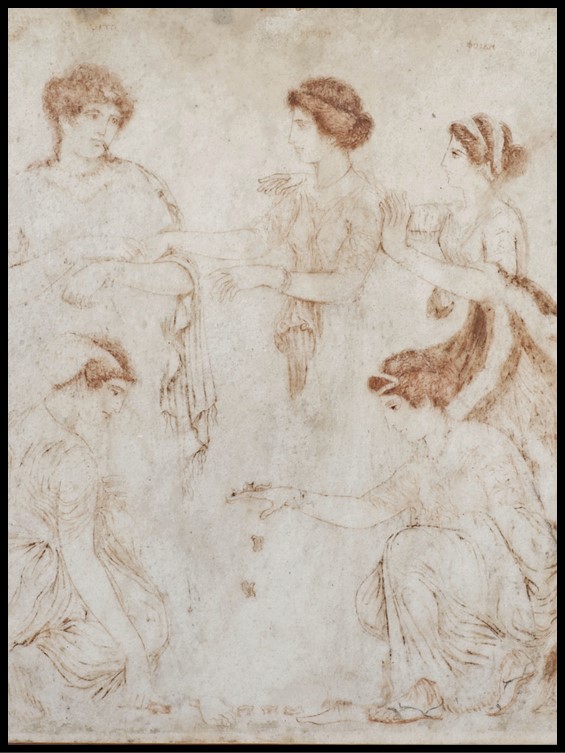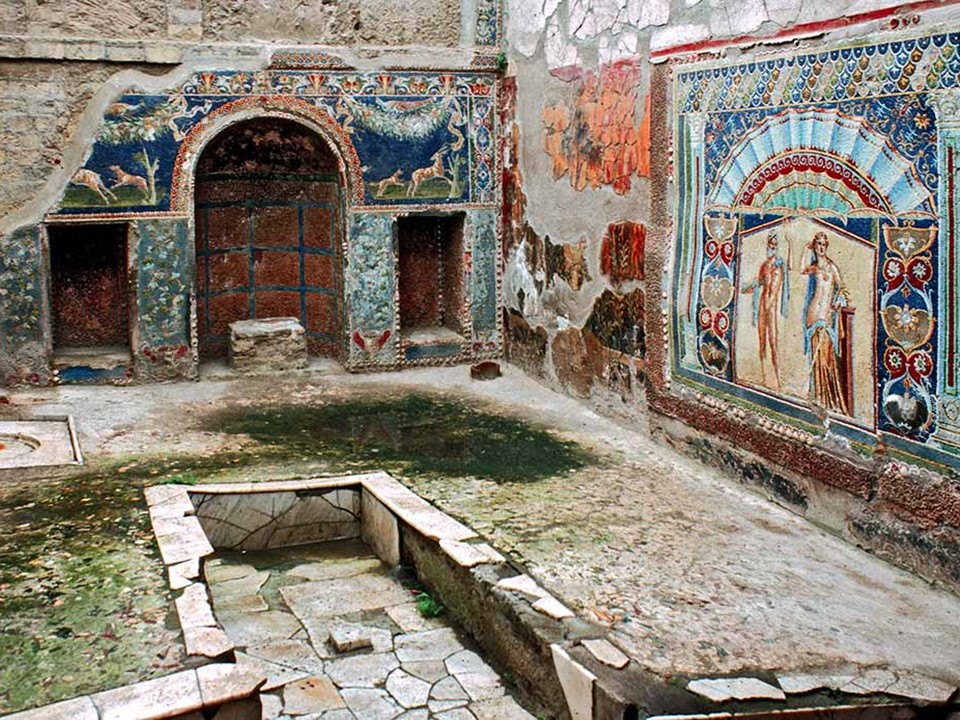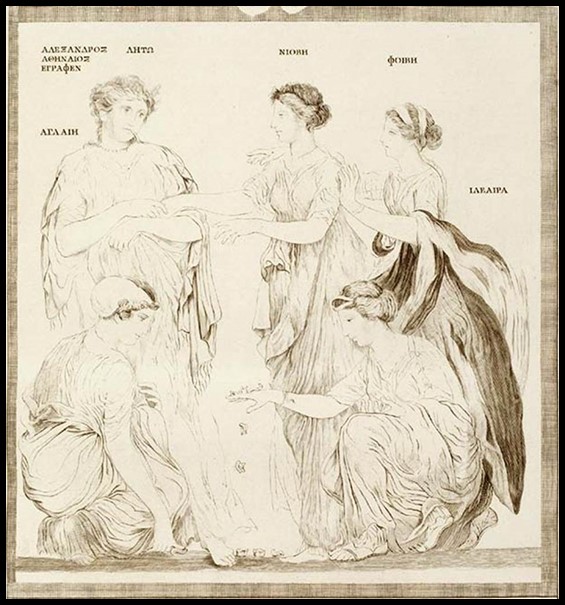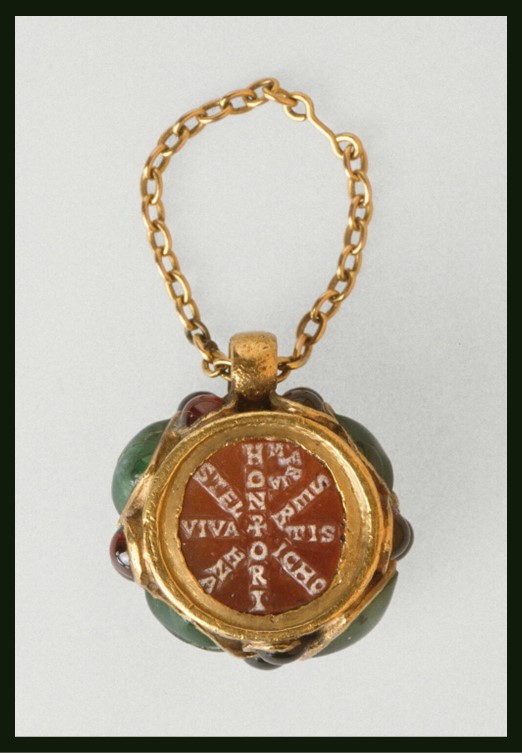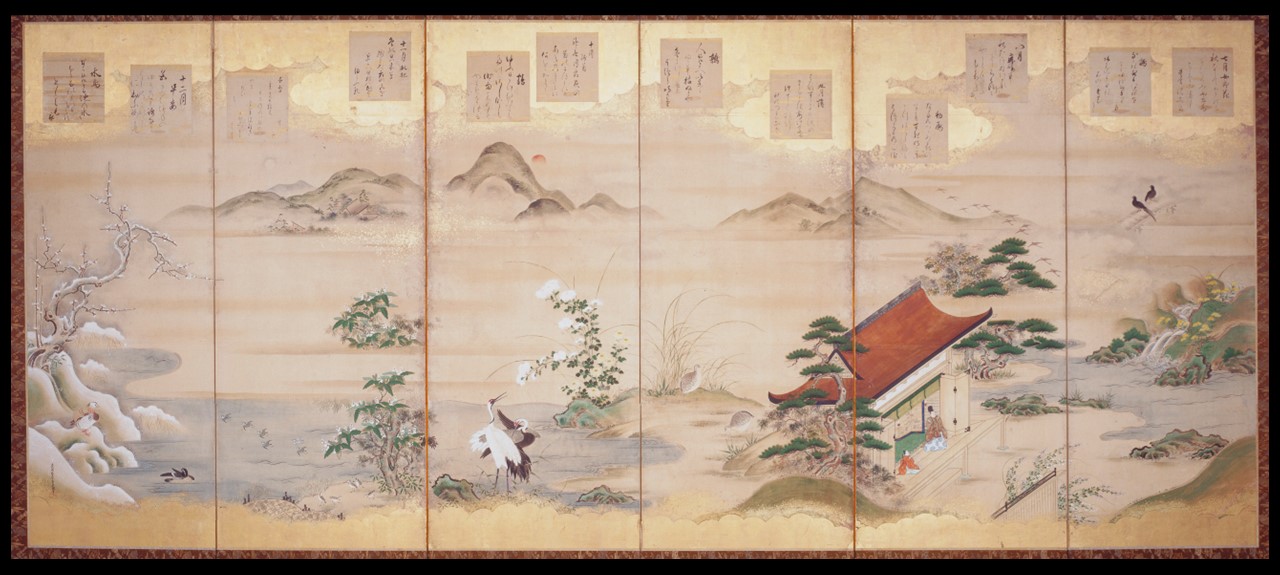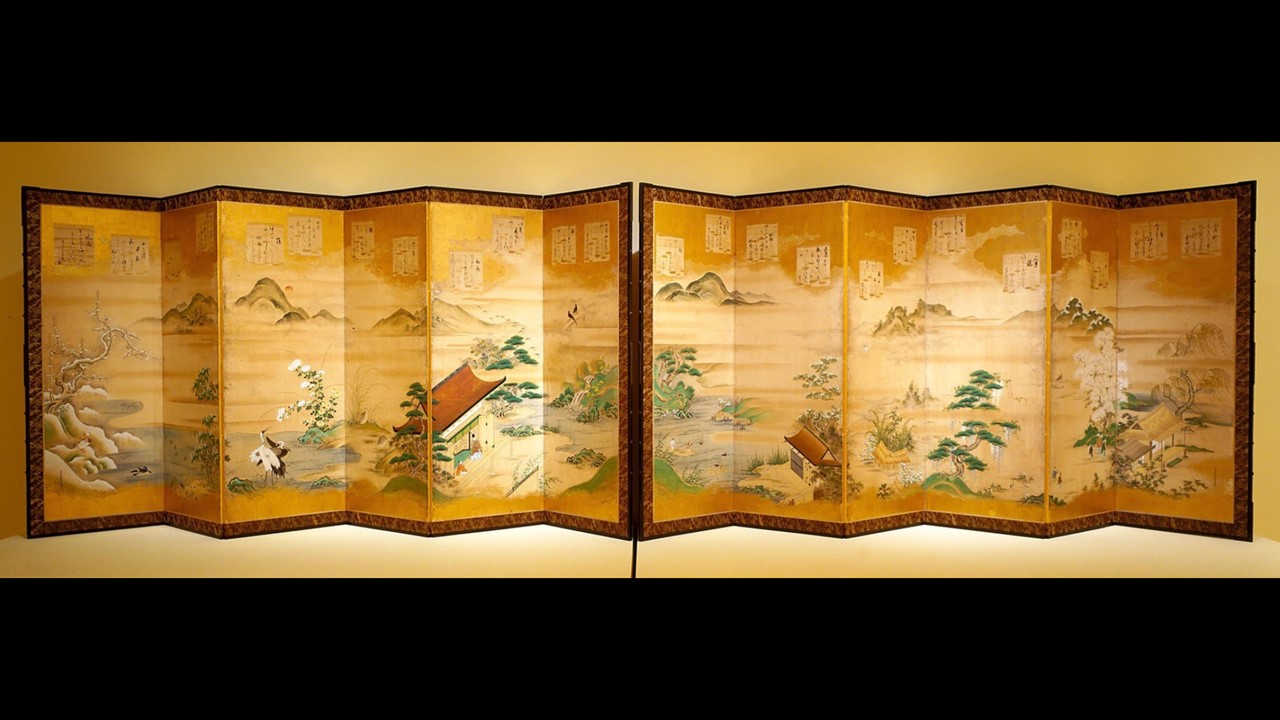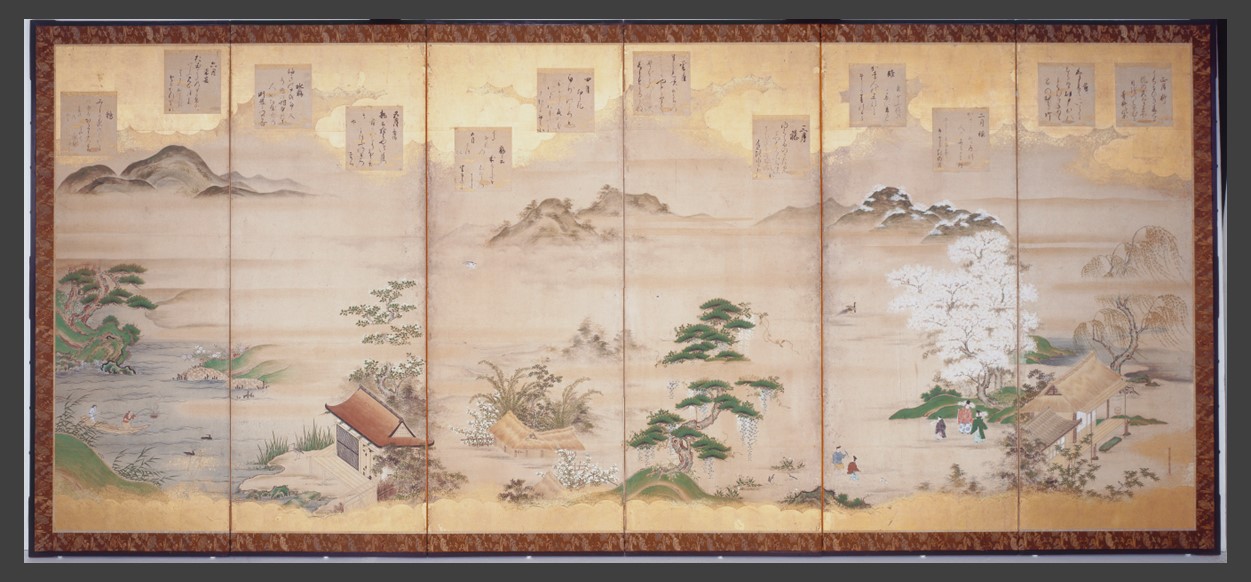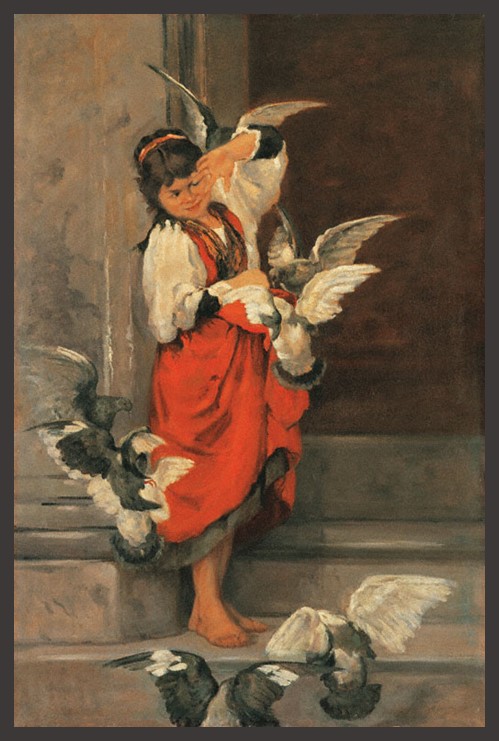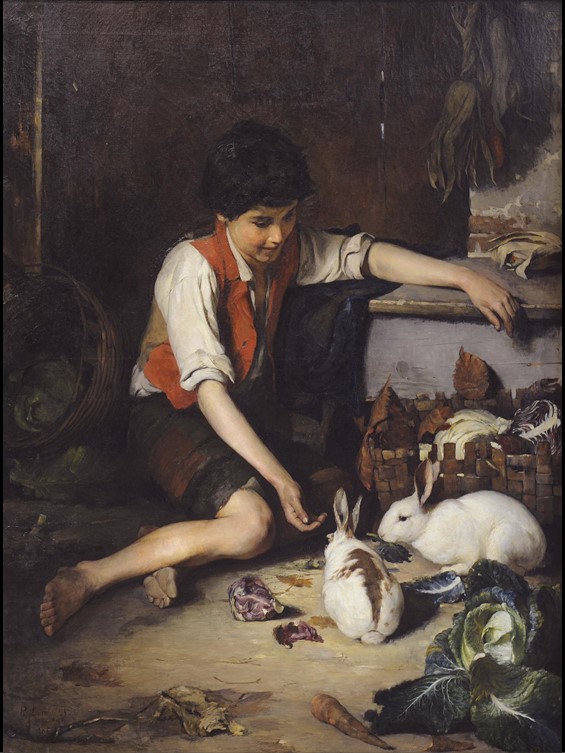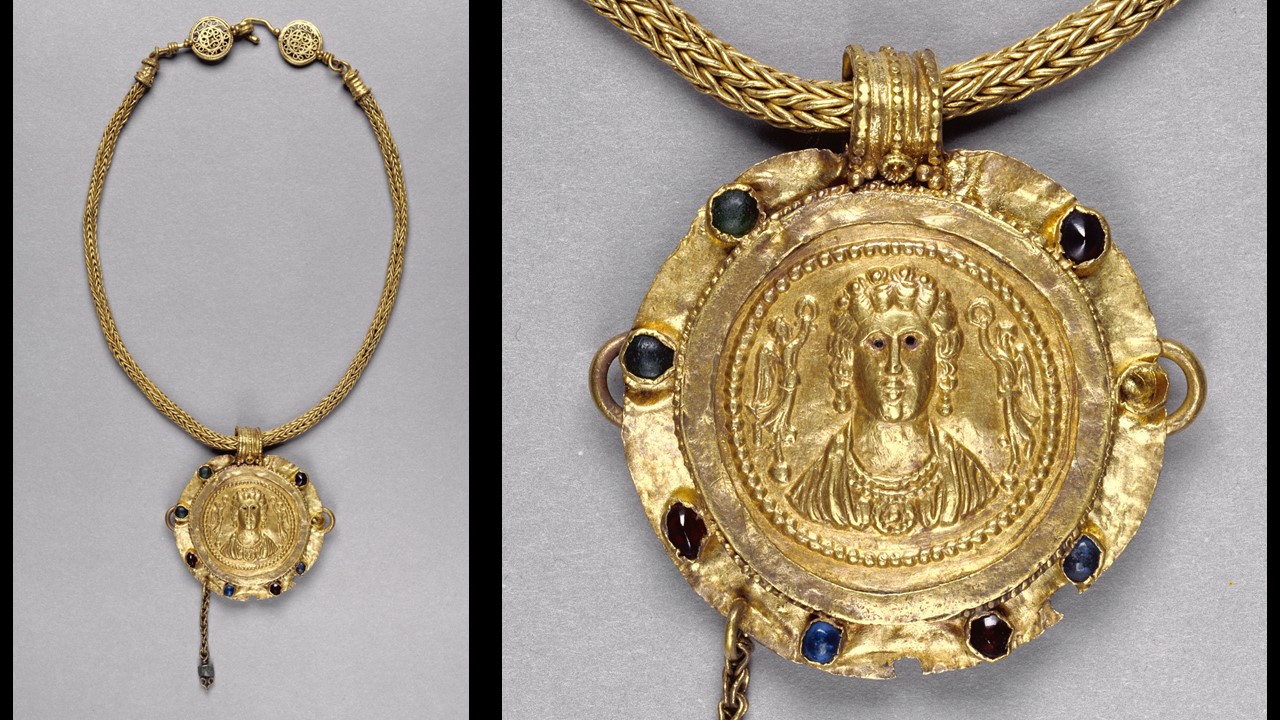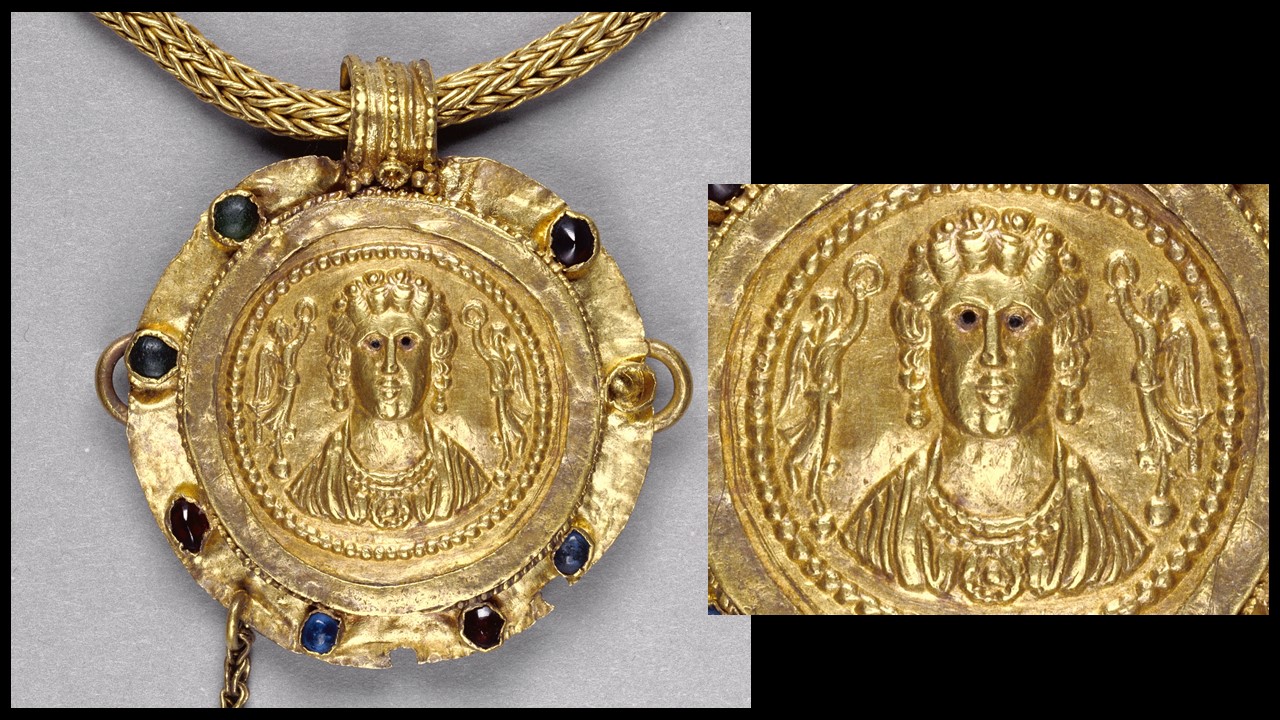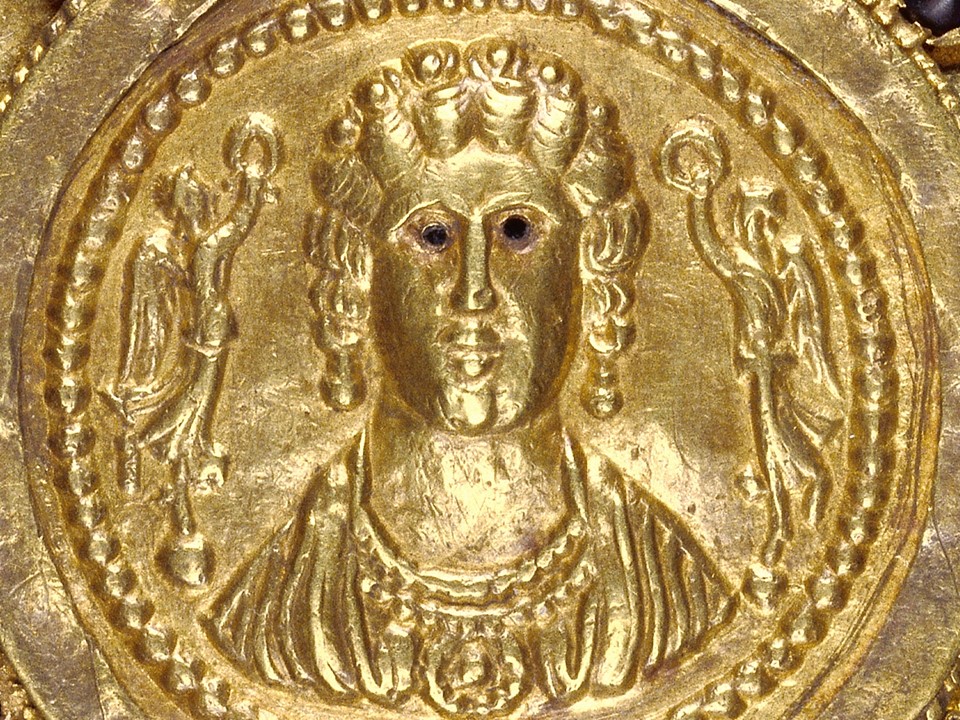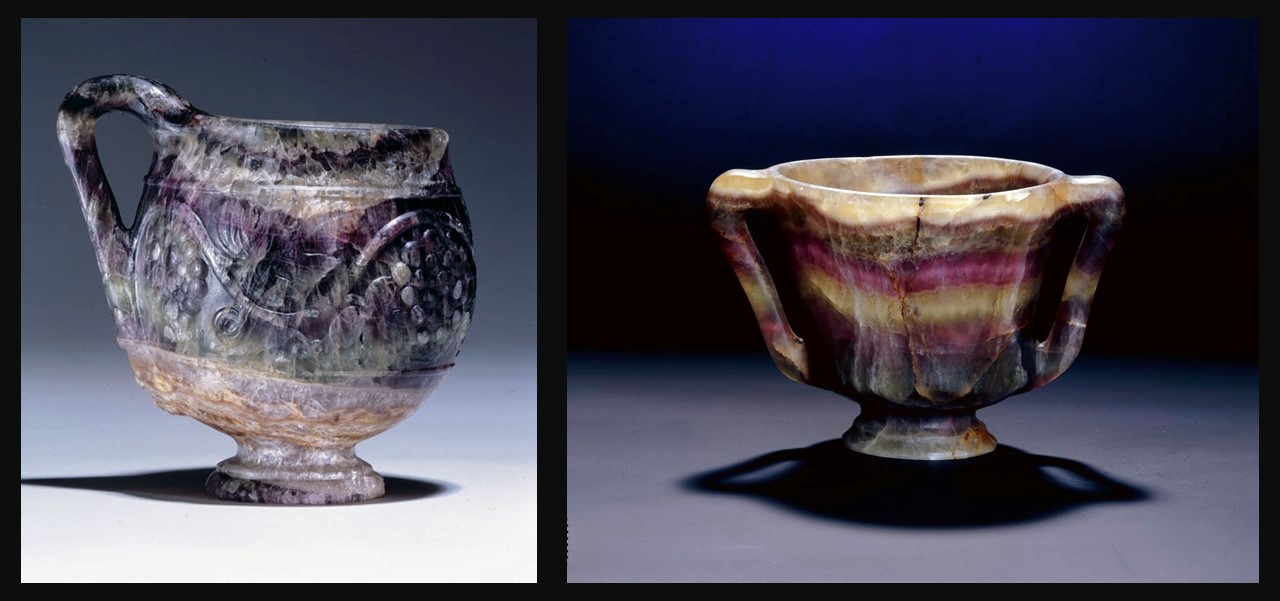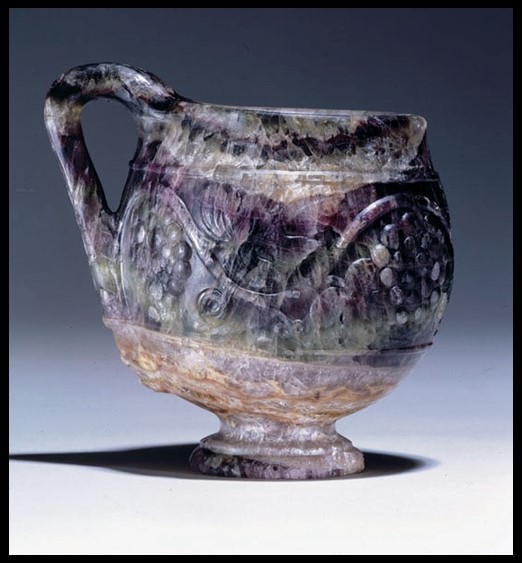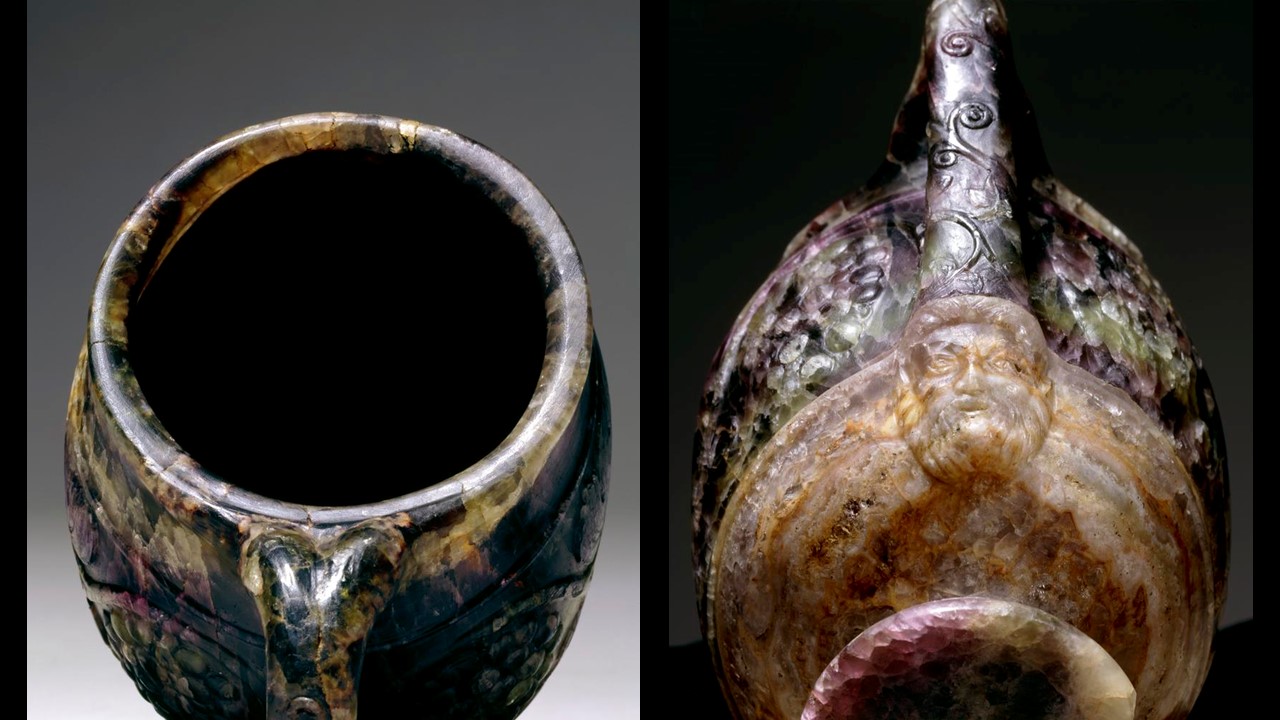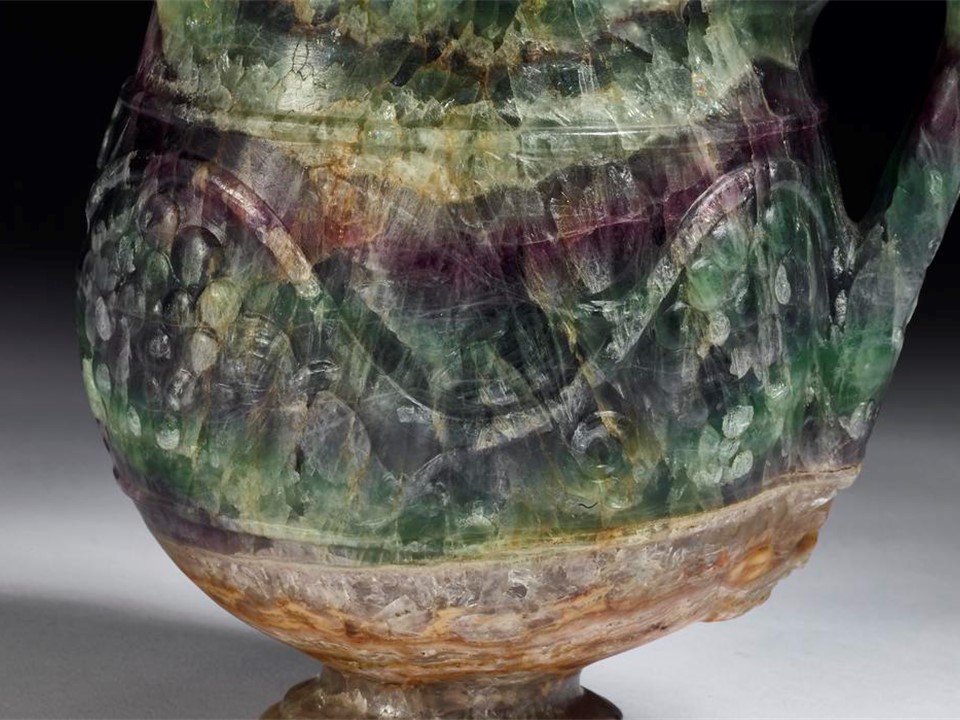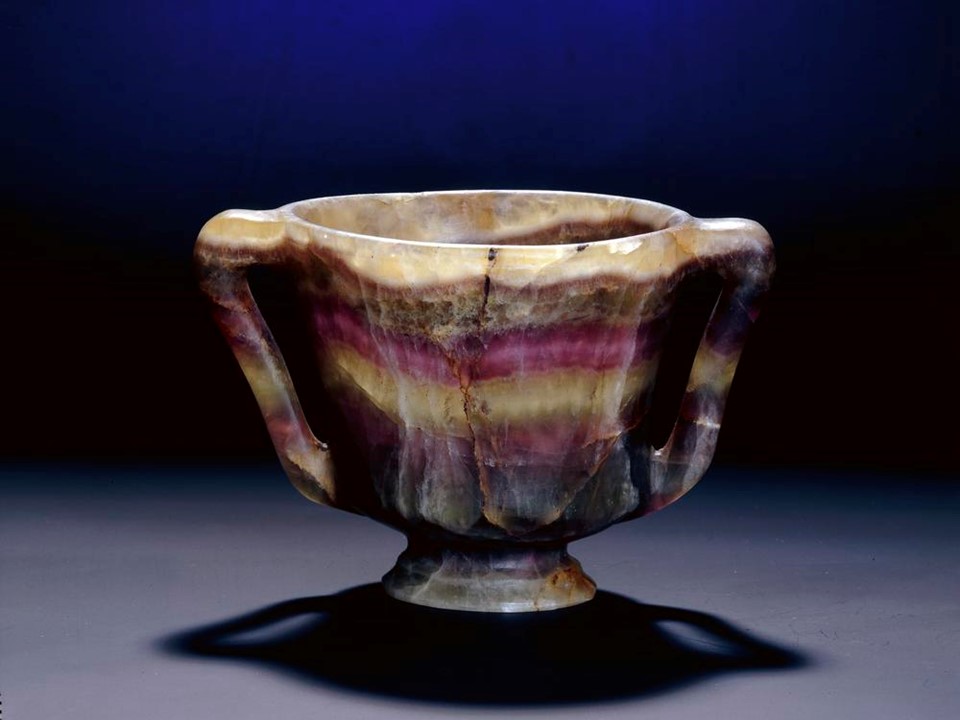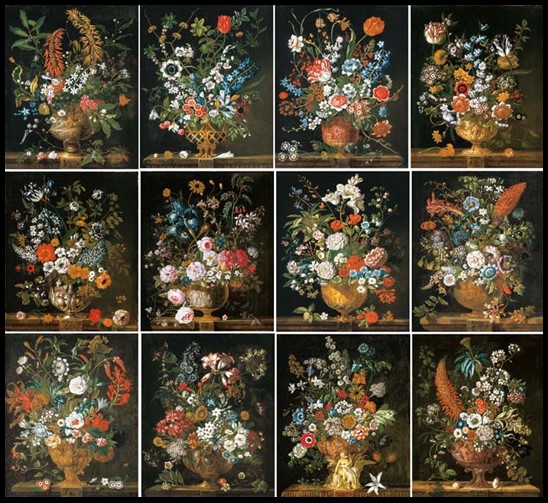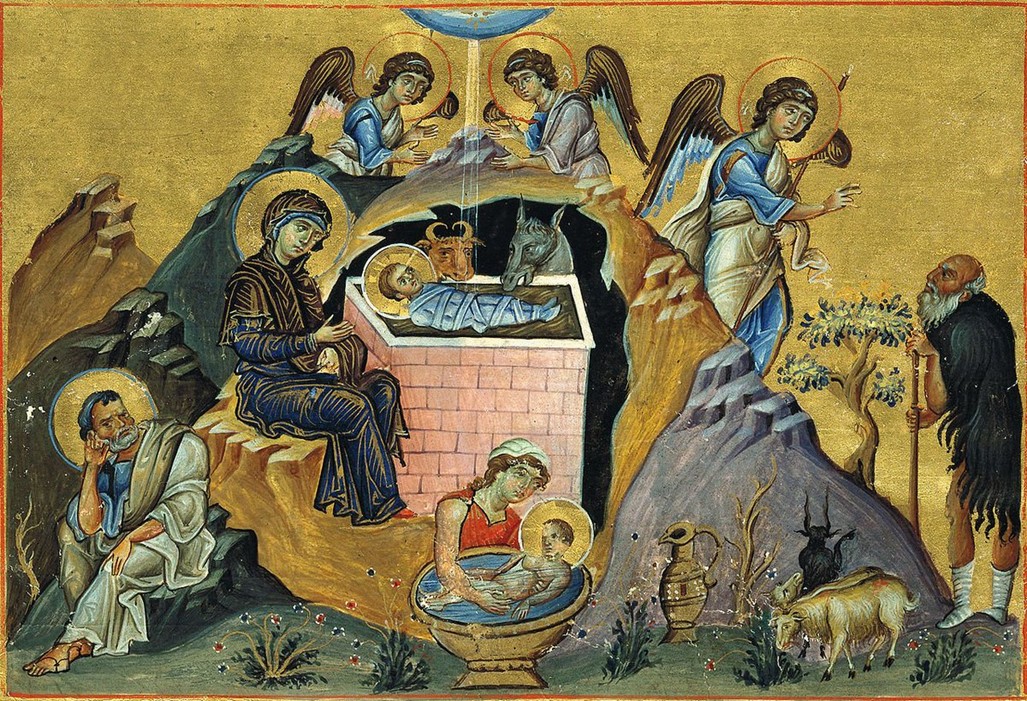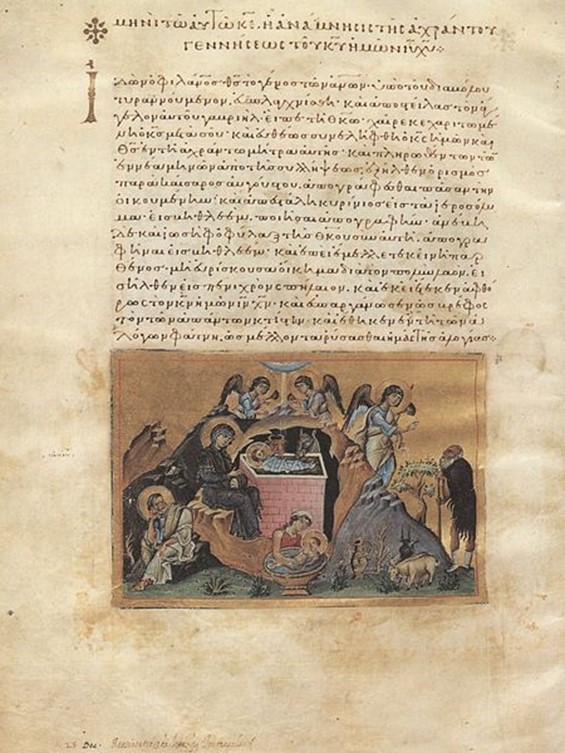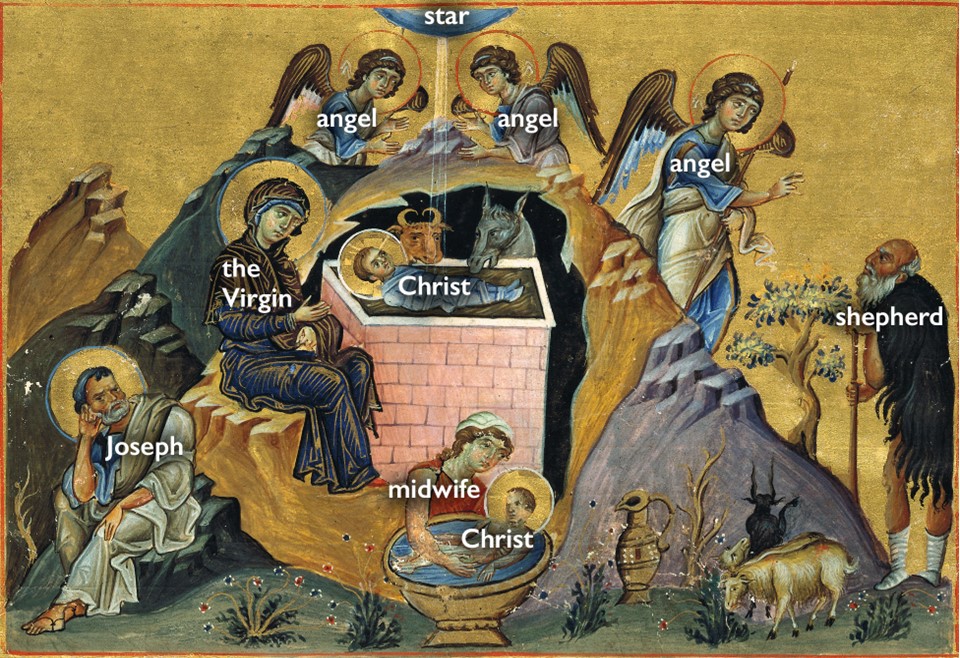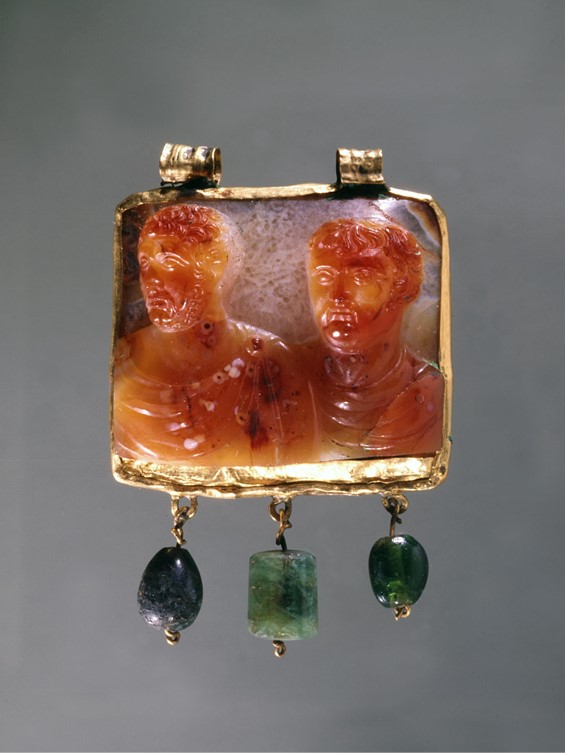
http://museum.doaks.org/objects-1/info?query=Portfolios%20%3D%20%223671%22&sort=0&page=466
The period of the Tetrarchy in the Roman Empire began around 293 CE, twenty years into the rule of the emperor Diocletian. Due to the sheer size of the empire, Diocletian established four regions and appointed two augusti and two caesars, one to govern each section. During this time period, there was an explosion of art being produced emphasizing peace, or concordia. This trend is best shown in official artworks and coins presenting the four rulers in incredible similarities. Such artworks, displayed across the empire were intended to illustrate the unity of the empire despite the 4 rulers and the hierarchy of power ranking them. The Cameo of two Emperors in the Byzantine Collection of the Dumbarton Oaks is one such artwork of incredible beauty! https://sites.rhodes.edu/coins/imperial-imagery-tetrarchy
It was Christmas break 1977, a university student at the time when I first visited the Metropolitan Museum of Art in New York City and saw the Dumbarton Oaks Cameo of two Emperors. Visiting the Exhibition Age of Spirituality was a ‘Christmas gift’ I will never forget! Many years later… many ‘Exhibitions’ later, I am still surprised and excited when I stand in front of small ‘gems’ like the Dumbarton Oaks Cameo…
According to James D. Breckenridge, the Dumbarton Oaks Cameo presents… two male busts carved in dark stone against an opaque white background. The man on the left of the cameo is frontal, with head turned right, bearded and mustached; his chlamys is fastened at his left shoulder – apparently an arbitrary choice of the gem cutter – with a round brooch. The man on the right appears younger – beardless and without moustache; he is slightly behind his senior and slightly lower. Whereas the older man’s hair and beard are in short curls, his hair is in wavy strands. Pupils and irises of both men are incised. https://books.google.gr/books?id=efLuB7QPDm8C&printsec=frontcover&redir_esc=y#v=onepage&q&f=false
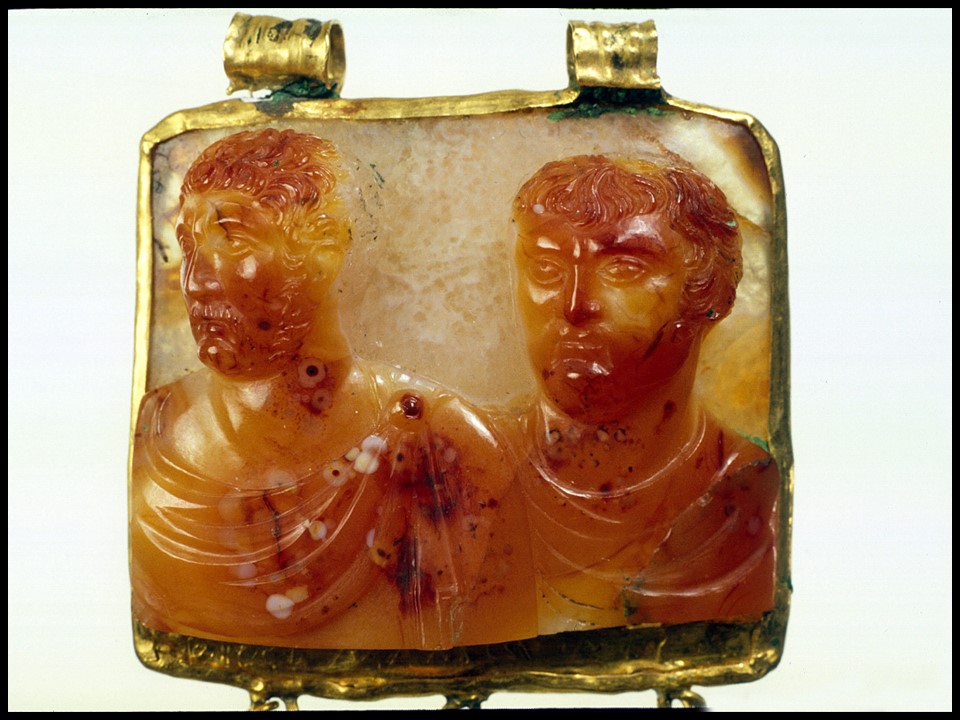
http://museum.doaks.org/objects-1/info?query=Portfolios%20%3D%20%223671%22&sort=0&page=466
Unfortunately, it is not clear who the depicted men are. The roughly incised inscription DIOCL(etianus) MAXim(ianus) AVG(ustus) on the gold plaque at the back of the gem, the style of execution and details of its iconography, identify, by the majority of scholars, the Cameo portraits, as a product of the Tetrarchy, and subsequently, the depicted men as members of it. Taking into added consideration that the Dumbarton Oaks gem is cut from a larger work, it is highly plausible that the original gem might have shown all four Tetrarchs.
Back in 1956, Richter suggested Diocletian and Maximian as the represented Tetrarchs, and James D. Breckenridge put forward the names of Maximianus Herculeus and Maxentius. Interestingly, Dumbarton Oaks expert J. Hanson, sets forth the popular, among experts, identification of the two presented leaders as Diocletian and Galerius, who jointly ruled the Eastern half of the Empire from 293 to 305, and the two Western tetrarchs on the lost/missing section, as Maximian and Constantius Chlorus. https://books.google.gr/books?id=efLuB7QPDm8C&printsec=frontcover&redir_esc=y#v=onepage&q&f=false and http://museum.doaks.org/objects-1/info?query=Portfolios%20%3D%20%223671%22&sort=0&page=466
For a Student Activity on the Cameo of two Emperors, please… Check HERE!
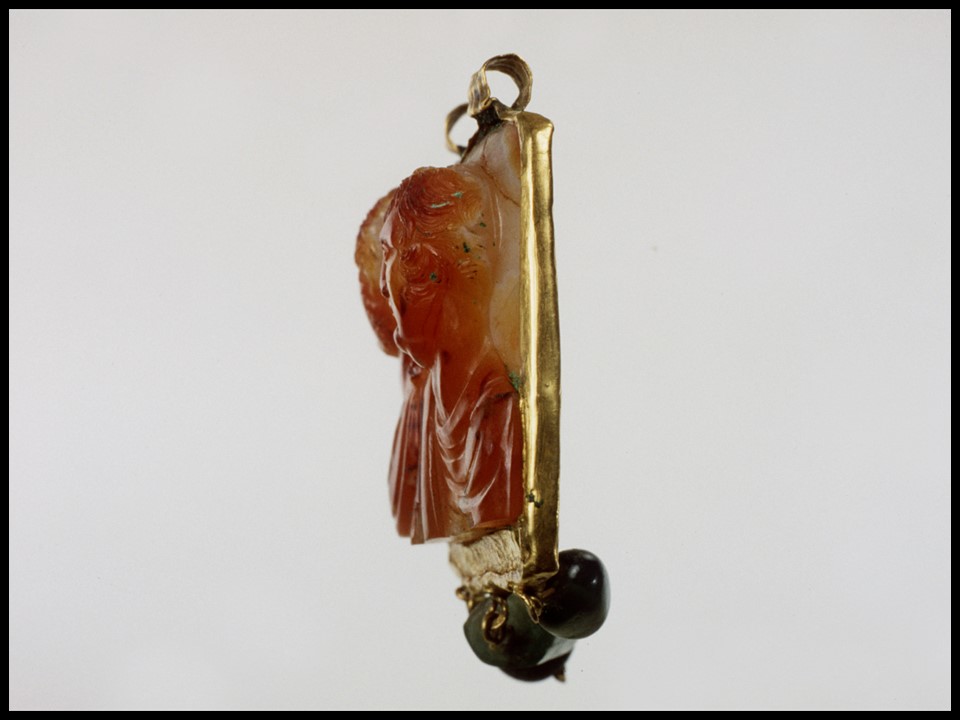
http://museum.doaks.org/objects-1/info?query=Portfolios%20%3D%20%223671%22&sort=0&page=466
